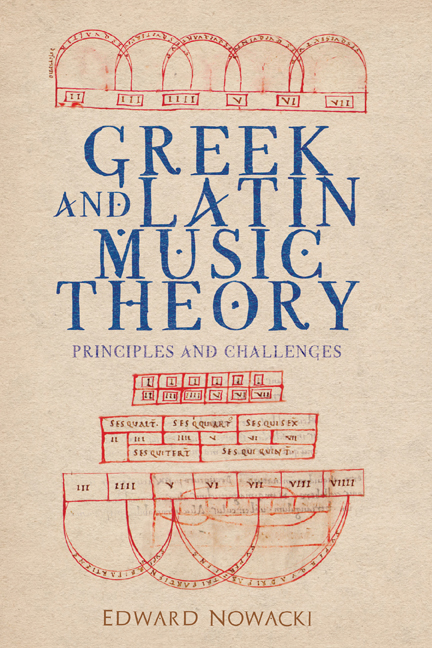14 - Reading Hermannus
Published online by Cambridge University Press: 14 August 2020
Summary
Hermannus Contractus (1013–54) was renowned in his day as one of southern Germany's most prominent intellectuals. Son of the Count of Altshausen, Wolfrat II, and his wife Hiltrud, he was severely crippled from early childhood, if not birth—hence, the name Contractus. At the age of seven he was sent away to be educated. Though the place is uncertain, the scholarly consensus is that he was sent directly to the Abbey of Reichenau, the famous island monastery in Lake Constance, where he spent the rest of his life. His vita states that he took clerical orders around the age of thirty and that he had a reputation for pious recitation of the Office both before and after assuming the clerical state, implying that he had been a resident of the monastery for some time.
As a protege of the eminent Abbot Bern (commonly known as Berno of Reichenau), he devoted all of his energy to intellectual pursuits, eventually equaling his mentor as an influential scholar and teacher. He is credited as the author of a chronicle of the world from the birth of Christ, though his original contributions were probably limited to the recent history of Swabia. His scientific writings include studies of the astrolabe, a computus for determining the date of Easter, a precise calculation of the period of the revolutions of the moon, and studies of solar and lunar eclipses. As a musician he is the acknowledged composer of offices for St. Afra and St. Wolfgang of Regensburg, though two works for which he was once famous, the “Salve regina” and “Alma redemptoris mater,” are no longer considered to be by him. In the domain of music theory, he is the author of a system of musical notation and of the Musica, a work on speculative music theory and the subject of this chapter.
Hermannus's posthumous influence on music theory is difficult to assess. Judging on the basis of transmission alone, we would have to conclude that the Musica had a fairly limited distribution, for it survives in only three manuscript sources. But the adoption of Hermannus's teaching on the species of the consonances by several scholars in the Rhineland and southern Germany in the century immediately following his death suggests a more robust diffusion than the number of surviving sources would indicate.
- Type
- Chapter
- Information
- Greek and Latin Music TheoryPrinciples and Challenges, pp. 149 - 161Publisher: Boydell & BrewerPrint publication year: 2020

